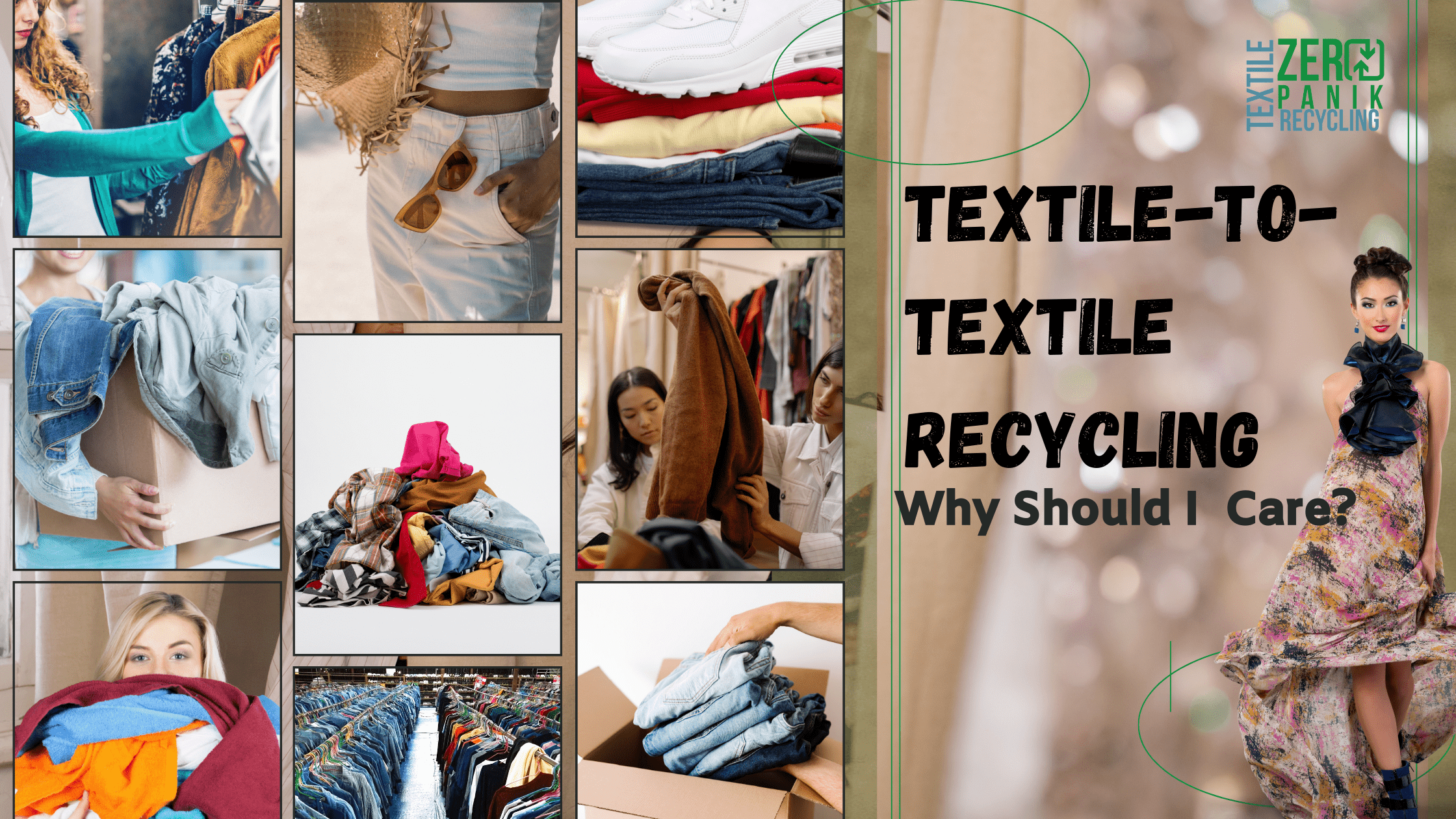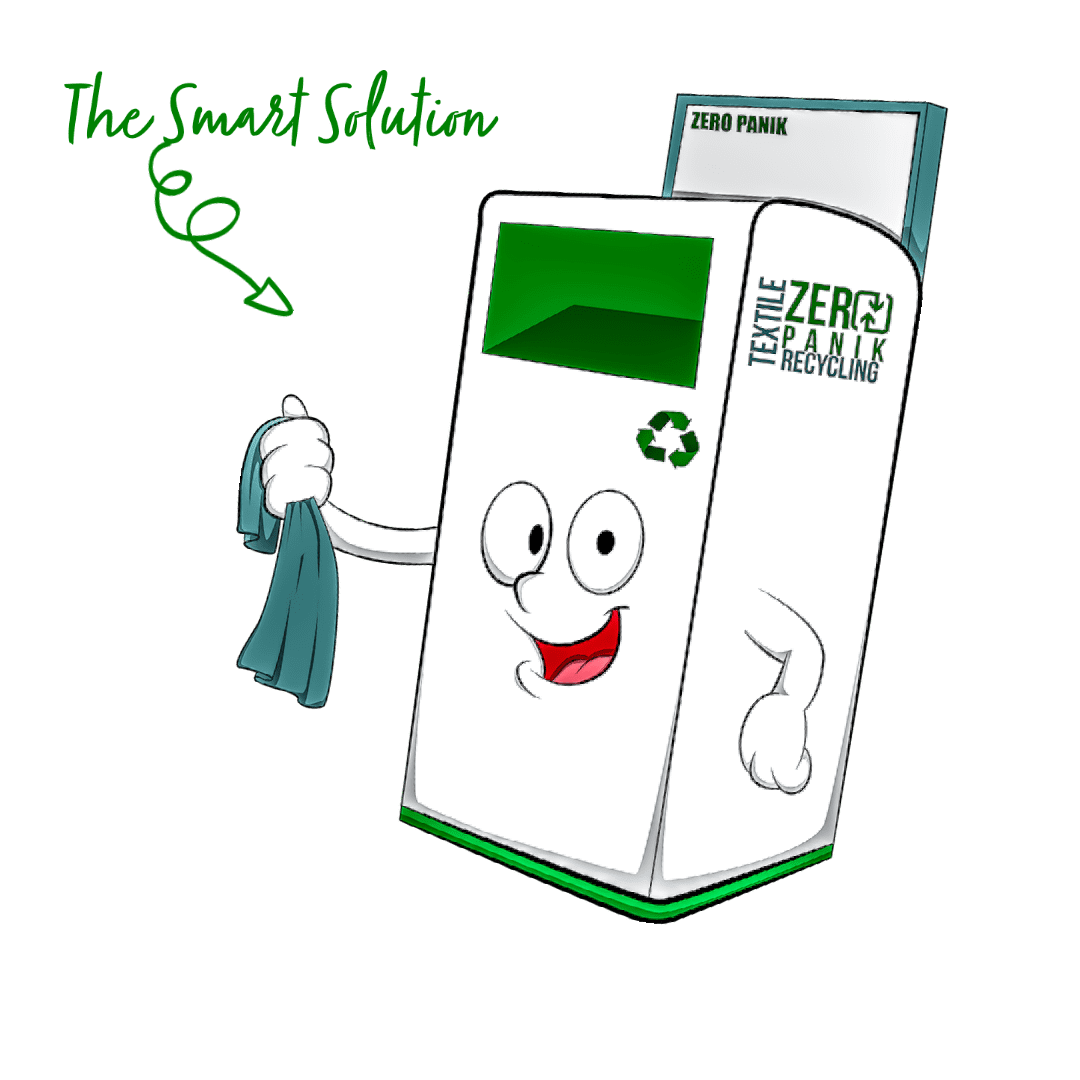
Introduction
The textile industry is one of the most polluting industries in the world. Every year, millions of tons of textile waste are produced – and most of it ends up in landfill. Textile recycling is a great way to reduce textile waste and help the environment.
There are many benefits to textile recycling. It reduces the amount of textile waste that ends up in landfills, conserves energy and resources, and reduces the pollution caused by the textile industry. Textile recycling is also a great way to support the local economy and create jobs.
If you care about the environment, then you should care about textile recycling. Keep reading to learn more about the benefits of textile recycling and how you can get involved!
What is textile-to-textile recycling?
Textile-to-textile recycling is the process of reusing and repurposing old clothing and other textiles that would otherwise be discarded. This process involves breaking down old garments into their components, such as the fabric, thread, and buttons, and then reusing these parts to create new garments.
The process of breaking down old garments is done using a process called “fiber deconstruction”, which involves separating the old fabric into its threads. This is done manually, by hand, or with the help of special machinery. Once the fabric is broken down, the individual threads are reused to create new garments.
Textile-to-textile recycling is a great way to reduce textile waste and help the environment. By reusing old garments, we can save energy and resources, conserve natural resources, reduce pollution, and support the local economy.
How does textile-to-textile recycling benefit the environment?
Textile-to-textile recycling can have many positive effects on the environment. It helps reduce the amount of textile waste sent to landfills and reduces the amount of raw fabric and other materials that need to be produced. Reusing old fabrics requires significantly less energy and resources than creating something new.
By reusing old clothes, and household textiles we can conserve the water and energy required to create new materials. Reusing materials also reduces the amount of pollutants released into the environment, thus reducing the amount of toxic chemicals used to create “new” recycled fabrics.
Finally, textile-to-textile recycling helps support the local economy by providing jobs and keeping money in the community, reducing the cost of transportation, and increasing local access to recycled material supply chains. It also saves you money, by donating, recycling, and shopping second-hand you are keeping pre-loved garments out of landfills.
What are some challenges associated with textile-to-textile recycling?
Textile-to-textile recycling presents a few challenges. First, knowledge and skill are needed to rework the waste into something usable properly. People need to be trained in sorting, deconstructing, and reconstructing items so that they can be reused.
Second, collecting and sorting waste materials is labor-intensive and time-consuming. Additionally, collecting and sorting different materials can require complex machinery, which limits access to some communities.
Finally, the lack of quality control and standardization in textile waste processing can diminish the quality of the final product and limit its market potential. This is a particular issue in developing countries where processes are not as standardized. As a result, much of the textile waste in these countries may remain unusable.
How can we standardize textile waste processing?
There is no one-size-fits-all answer to this question, as the best way to standardize textile waste processing will vary depending on the specific context and needs of each situation. However, some tips on how to standardize textile waste processing include developing clear and consistent guidelines for waste sorting, establishing efficient and effective waste collection systems, and investing in modern technologies and infrastructure for waste processing.
How does textile-to-textile recycling benefit me?
Textile-to-textile recycling is a great way to reduce your impact on the environment – and it can also save you money! When you recycle textiles, you’re keeping them out of landfills where they’ll take up space and release methane gas as they decompose. Plus, recycling your clothes can save you money on your wardrobe budget. And who doesn’t love that?
There are a few different ways you can recycle your clothes. You can donate them to a local charity or thrift store, you can sell them online or at a consignment shop, or you can even recycle local textile recycling centers. No matter how you choose to recycle your clothes, you’re making a positive impact on the environment.
How can you get involved in textile-to-textile recycling?
Apart from manufacturing apparel and end-products with a focus on recycling and greater sustainability, there are ways consumers can get involved in textile-to-textile recycling.
1. Donate unwanted used clothes: Clothes not in a condition to be recycled can be donated to charities or thrift stores. This is an efficient way of diverting them from landfills while also providing access to affordable clothing for those in need.
2. Join a circular fashion program or upcycle challenge: Programs like these provide opportunities for participants to learn new ways to use clothing fabrics to make something new out of them.
3. Support brands that advocate for sustainable practices: Brands that manufacture clothes with recycled materials are helping to reduce and divert textile waste going to landfills.
The Final Thread
The need for clothing is never going to go away and recycling textiles is an important component in ensuring there is a sustainable cycle that keeps the need for clothing met. As long as textiles are produced, there will be a need for textile-to-textile recycling. Not only does this process have the potential to reduce the strain on resources used in the production of new textiles, but it also helps to reduce the amount of textile waste going to landfills.
Additionally, brands and manufacturers can make valuable networking connections by attending trade shows and conferences. Events such as these that focus on sustainability, and especially on circular fashion, are a great way to learn more about trends and developments in the field of textile recycling.
The challenge is to create a system that can effectively collect unwanted textiles, process them, and then turn them into new, high-quality products. That is where Zero Panik Textile Recycling comes in, as technology continues to evolve in this area—and more and more people become aware of the importance of textile recycling—we are working to bridge the gap and close the loop. Contact us today and let’s get this system started for your business.
